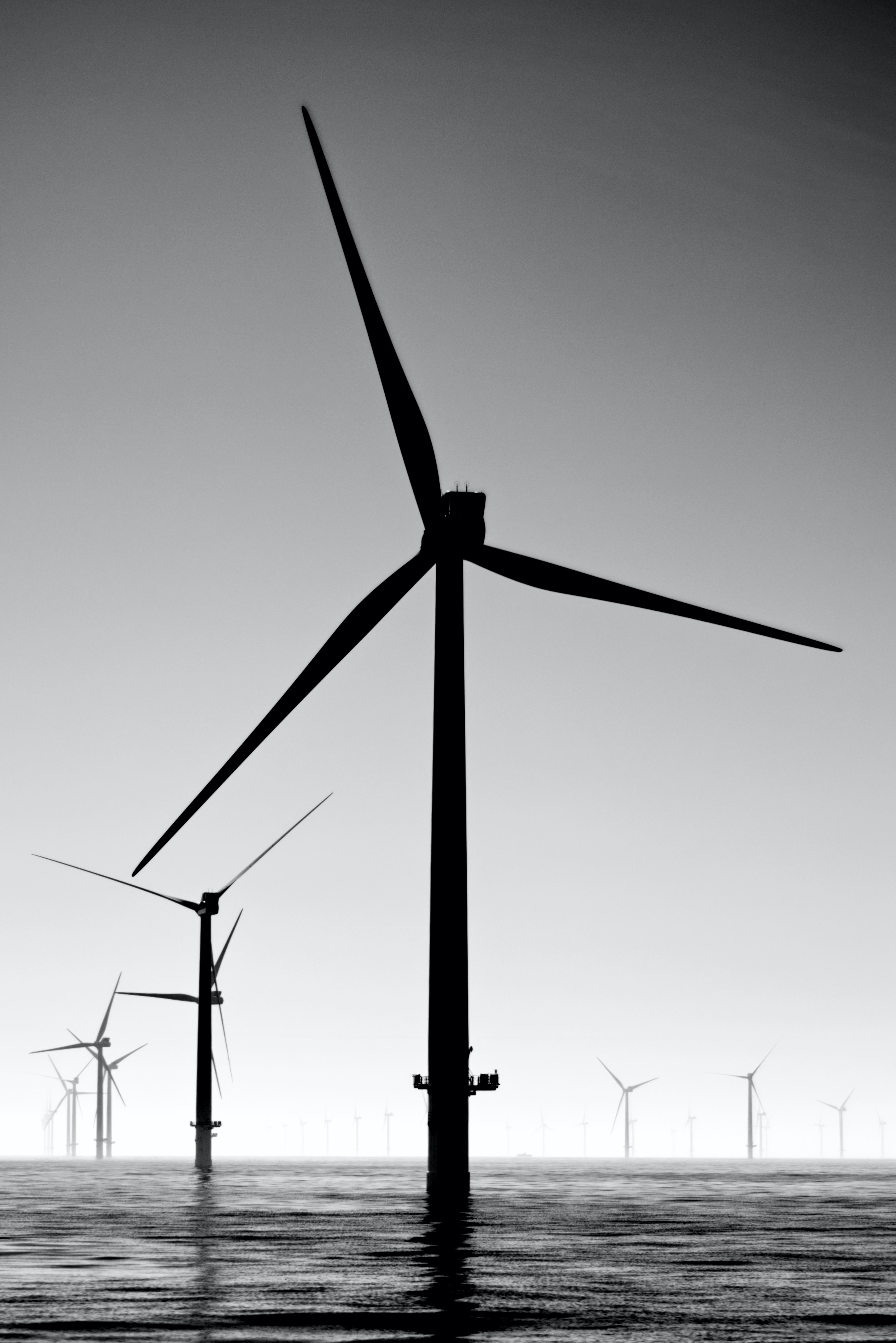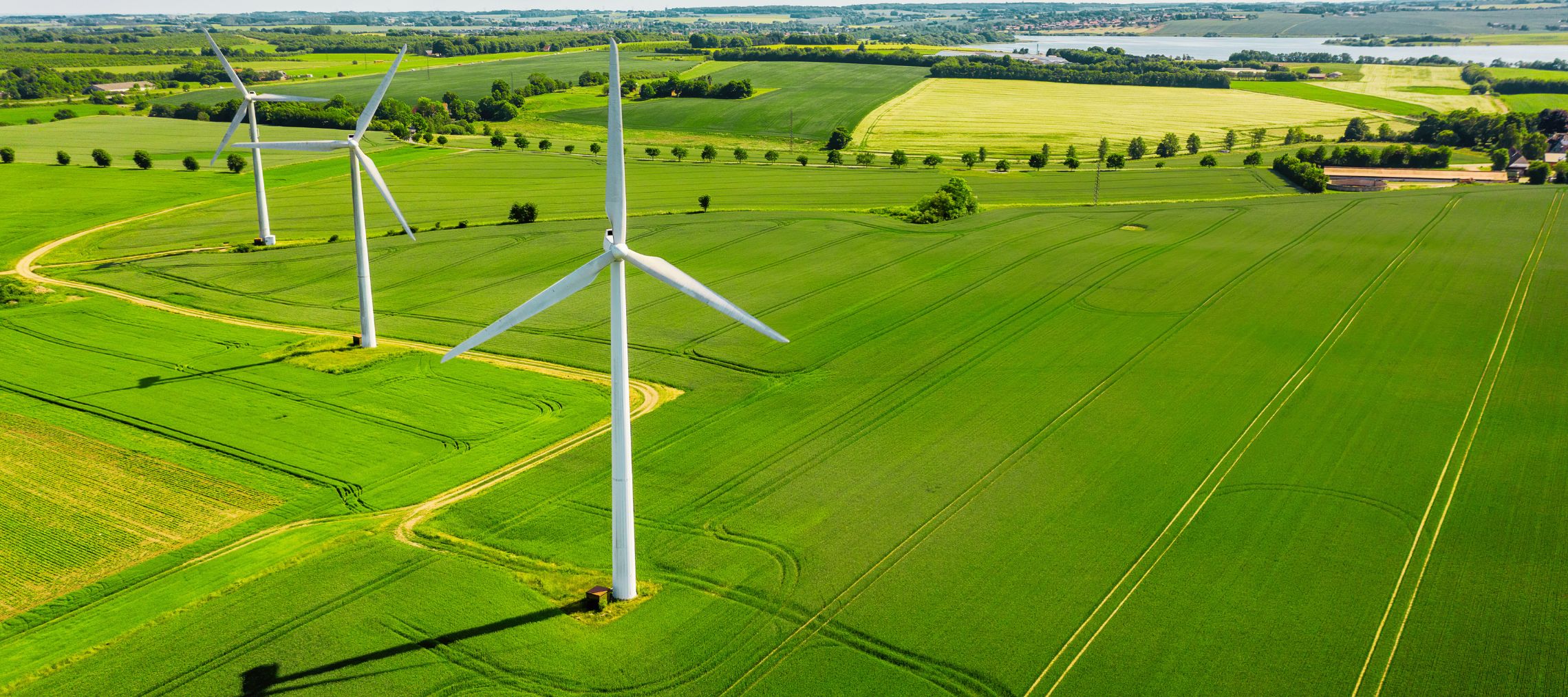India’s energy demand is expected to grow at about 3% per annum till 2040, which necessitates the development of more clean power sources to fulfil this demand. India aims to meet 50% of the nation’s energy requirement through green energy sources by installing 500 GW of non-fossil fuel-based energy sources. In this context, the Indian power sector has introduced various policies to encourage investors and developers to establish more renewable energy plants. In FY 2021–22 alone, 13.54 GW of renewable energy capacity has been installed in India, with 12.43 GW of solar and 1.11 GW of wind.
The coastal states of Gujarat and Tamil Nadu have a very good offshore wind potential with a high CUF. Onshore wind knowledge and marine oil extraction experience might help India overcome the challenges in offshore wind farm installation. Moreover, offshore wind farms can operate as one of the key renewable energy sources to meet India’s 2030 renewable energy target. Although there are certain challenges during the installation and operation of these wind farms, these issues can be resolved over time with technological advancements and experience. Additionally, since transporting wind farms across the land is a significant problem, positioning wind farm manufacturers close to the ocean should be promoted. In addition to the technical and financial requirements for offshore wind turbines, there are other regulatory obstacles to entering the maritime industry, including the need for numerous agency permissions. The government should further explore these barriers and provide a nationwide window or clearance.

Read more.
